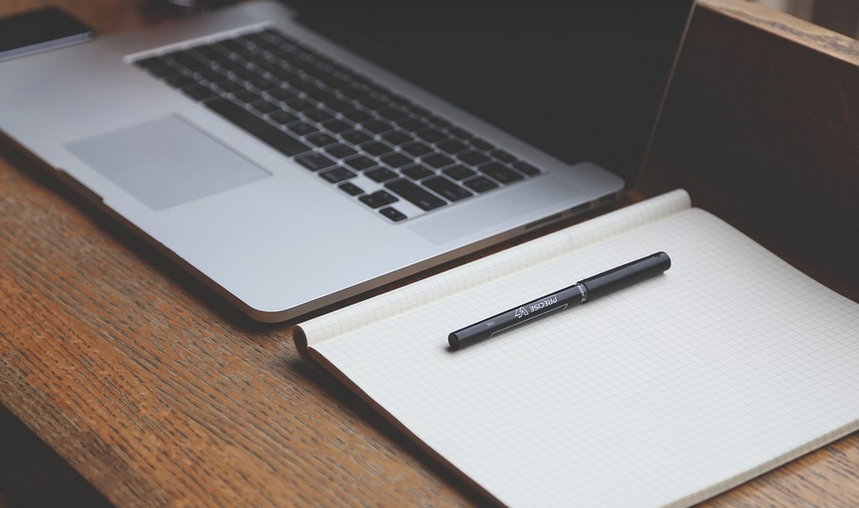Are You Ready to Hit the Road?
So, you’ve got your car parked in the driveway or at a charging station, and you’re ready to hit the road. But that battery icon on your dashboard is giving you pause – it’s dead! Don’t worry; connecting your car battery can be easier than you think with a little bit of know-how. Let’s dive into the process step by step and talk about what to connect first, so your engine starts smoothly!
Before we begin, let’s acknowledge that working around car batteries can involve some safety precautions. We never want anything to go wrong, so remember: always connect the positive (+) terminals of a battery last, then the negative (–) terminal. When in doubt, call a professional. Safety is key.
Why Does This Matter?
While it might seem like you’re just connecting wires, there’s a whole world of physics and electricity at play here! First things first, think about your battery as the heart of your car’s power supply. But what exactly is this “power supply”? It’s all thanks to electrical current – imagine tiny, invisible particles zooming through your wires, turning your engine on.
Your car needs a good deal of electric energy to start up and run smoothly. This is where the battery steps in – it stores that power as chemical energy until you need it. You basically have a mini-power plant inside your car! Now, when you turn the key in the ignition, a switch within your car triggers a flow of electricity from the battery to the starter motor – think of this like opening a door for the electrical current to rush into action.
The Order of Things: What You Need To Start
To make things easier and ensure everything runs smoothly, we’ll connect the wires in the right order. Here’s what you need:
- A set of insulated jumper cables: These are your trusty helpers, allowing you to safely jump-start a dead battery from another car.
- Your owner’s manual: It’s like the secret code for your car – it will guide you on connecting the wires in the right places and will help prevent any accidental mishaps that may occur.
The Power of Positive and Negative
Remember, this is all about getting your car’s engine humming. But just like a clock needs to be wound up, your car battery requires a little power boost to get going! For that, you will need to connect the positive (+) terminal to the positive (+) cable and the negative (-) terminal to the negative (-) cable. This ensures that your car’s electrical system is running smoothly.
Connecting the Battery: Step-by-Step Guide
Now that we have all our tools ready, let’s take on connecting the battery! Here’s how it goes:
- Start with the negative (–) terminal of your car’s battery – Connect one end to the negative (-) post of the dead battery with a black cable, ensuring this connection is secure.
- Now move on to the positive (+) terminal of your car’s battery. Connect the other end to the positive (+) post of the working battery with a red cable, keeping in mind that both ends should be securely connected and free from any strain.
- **Finally connect the jumper cables to both batteries.** This is where you need to ensure you are connecting the right terminals on each battery. Use caution when handling these cables – they can carry dangerous electrical currents!
A Word of Caution: Safety First
Remember, safety should be your top priority! Before starting your car, double-check all connections to ensure there are no loose wires or sparks. This will prevent any accidental shorts that may cause damage or fire.
Let’s Hear It! What Do You Think?
We hope this guide helped you understand the process of connecting your car battery! If you have any questions about this, feel free to ask in the comments below. Remember: safety first!
